The 25 Best Learning Apps For Kids
Author: Sam Walker-Smart
Last update: 11/28/2025

While there are legitimate worries that kids nowadays spend far too much time on their phones, digital technology has also become an engaging and evolving tool for education. Computer games - once the bane of parents who wish their children would do homework - offer a whole host of ways to teach youngsters about the world. With the gamification of the world around us, once dull learning apps have taken a lesson or two from the videogame industry and used their addictive and pleasant design to make educating all ages easier and, most importantly, fun!
With homeschooling the new normal for the time being, it's important for both parents and children to have all the resources they need to learn. Keeping this in mind, we've compiled a list of 25 amazing apps that can benefit students of all ages.

Created by the National Science Foundation for tablet users, this app is updated with high-quality content every week. It's filled with informative videos, news, and 3D images to explore so that the world's budding scientists can feel engaged and inspired.
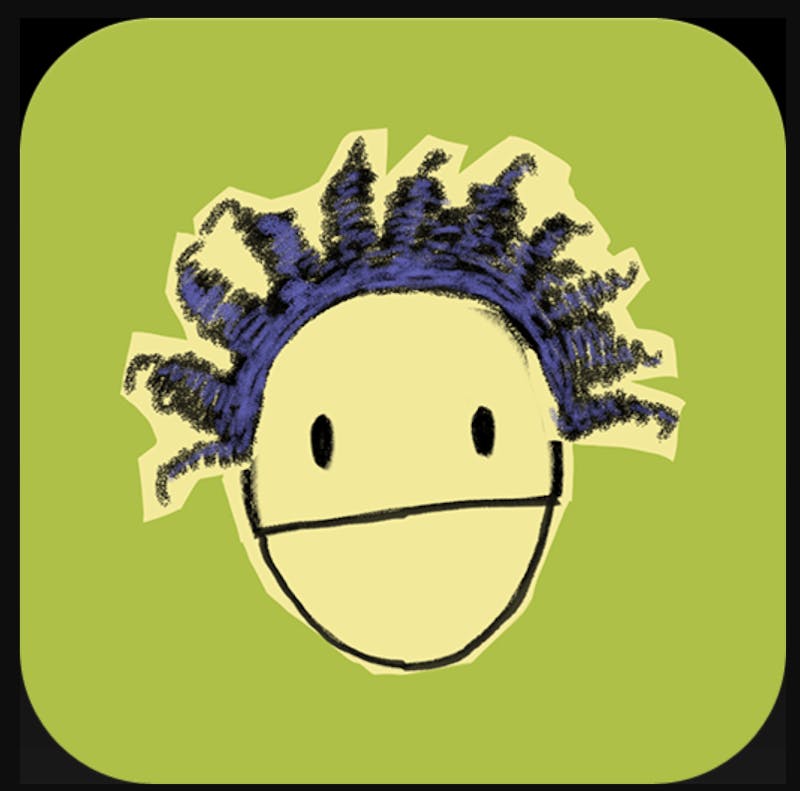
Struggling with spelling? If so, look no further than this subscription-based app. Easy to use - and most importantly - entertaining! Spelling Stage allows users to select their level as well as customize their own character in order to make learning truly immersive. The words are updated regularly to keep things fresh.
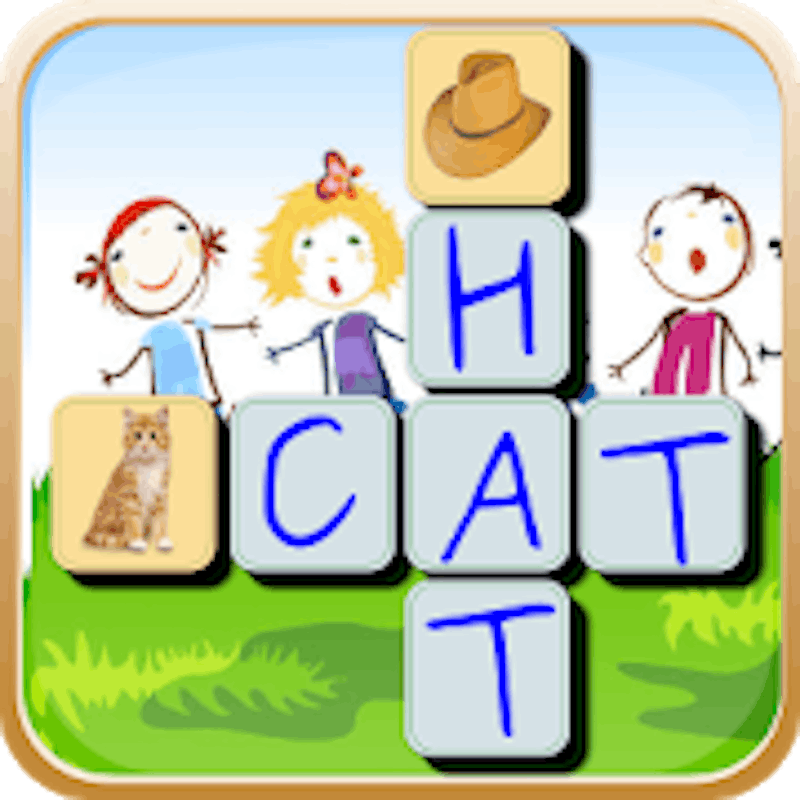
You can't go wrong with an old fashioned crossword! While there are many crossword apps on the market, this colorful version is the perfect tool to get younger learners to think and give them the habit of a lifetime.
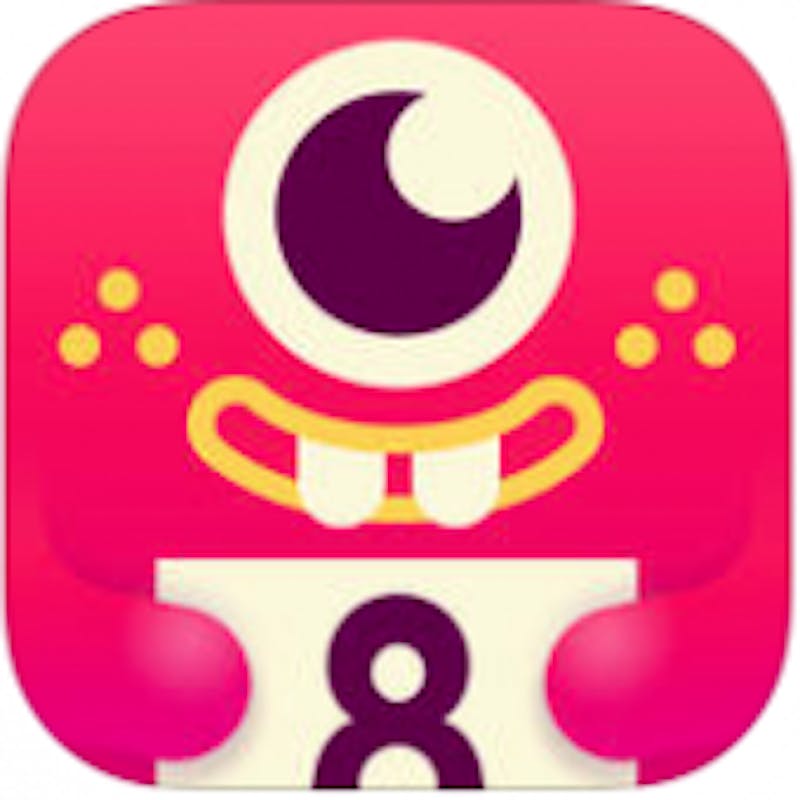
Designed for elementary school students, this free iOS app helps turn the often boring world of math into something approachable. With 12 different games covering the fundamentals in addition to eye-catching graphics, this is a must-own for younger users.
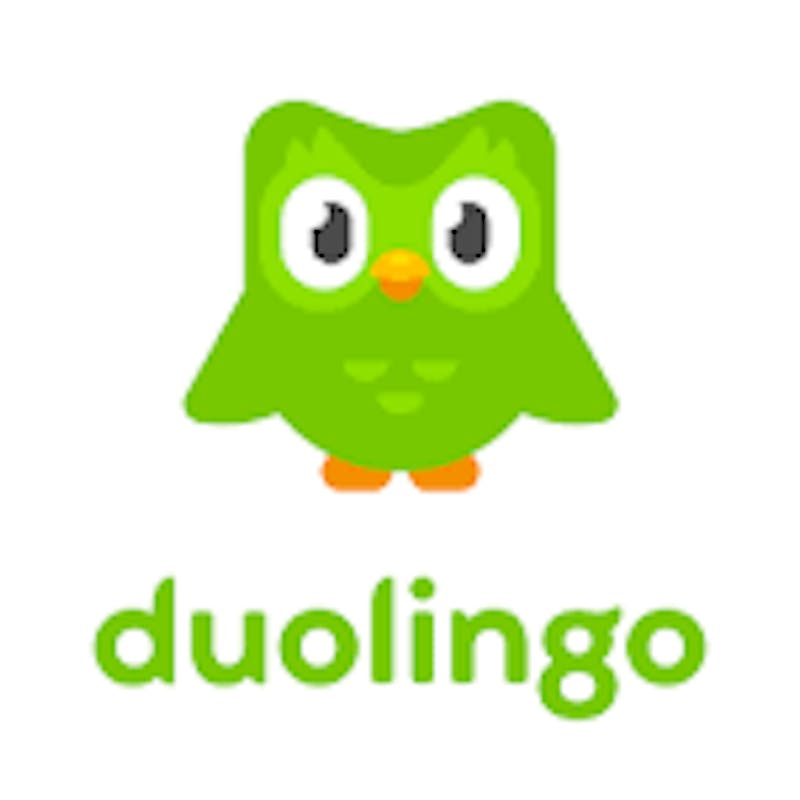
Probably the most famous app on this list, Duolingo has now helped millions the world over learn a new language - or just a few useful basics for your vacations. Easy to use and with a simple interface, Duolingo is a giant of the app world for a reason.
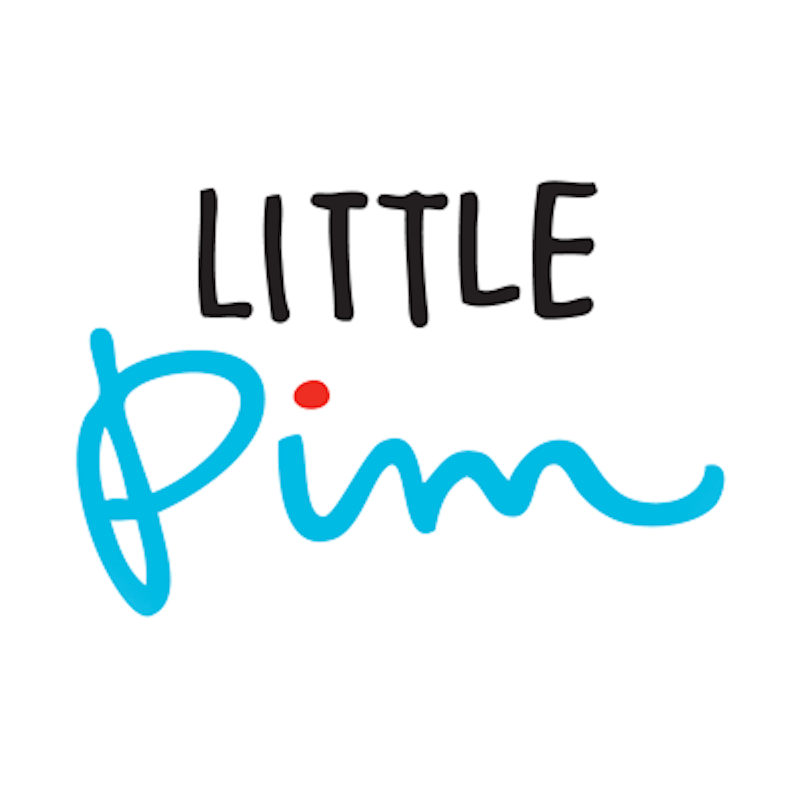
Alternatively, there's Little Pim, with its cute panda mascot and cartoonish graphics aimed squarely at kids. Little Pim guides children through various exercises and is voiced by native speakers in 12 languages. Available on multiple devices and with unlimited streaming, this app is an ideal way to teach 0-6-year-olds a second or even third language.
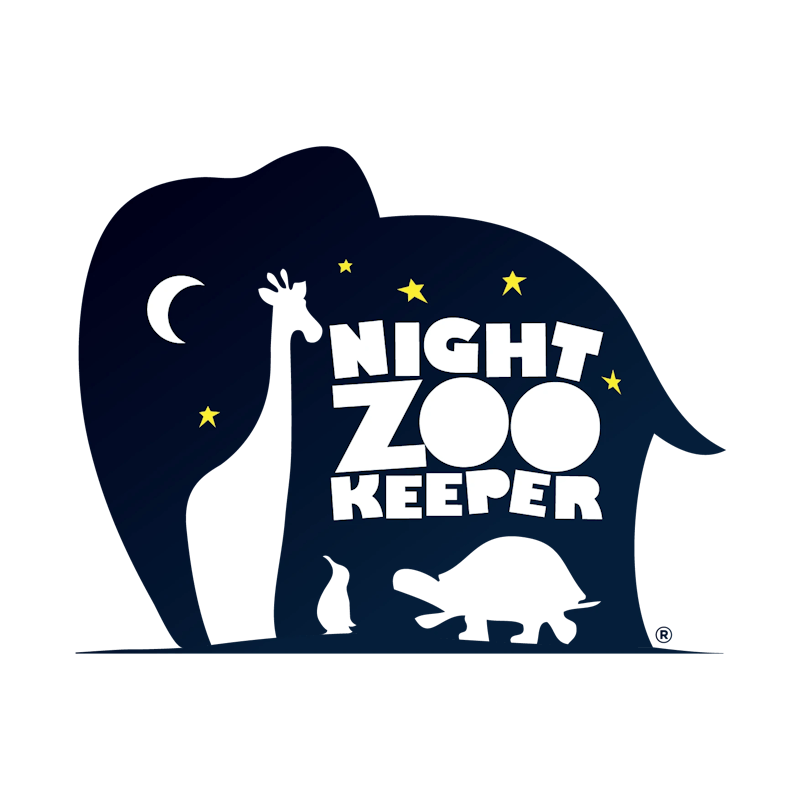
While numbers and facts are crucial to a child's development, let's not forget about the beauty of creative writing! Night Zookeeper is an online writing tool, class blog, and has a library of interactive lessons - the perfect package for home learning. Based around a series of enchanting story books, Night Zookeeper is aimed at children aged 6-12 to develop their writing, reading, and creative thinking skills. Over a million users have already been put under its spell.
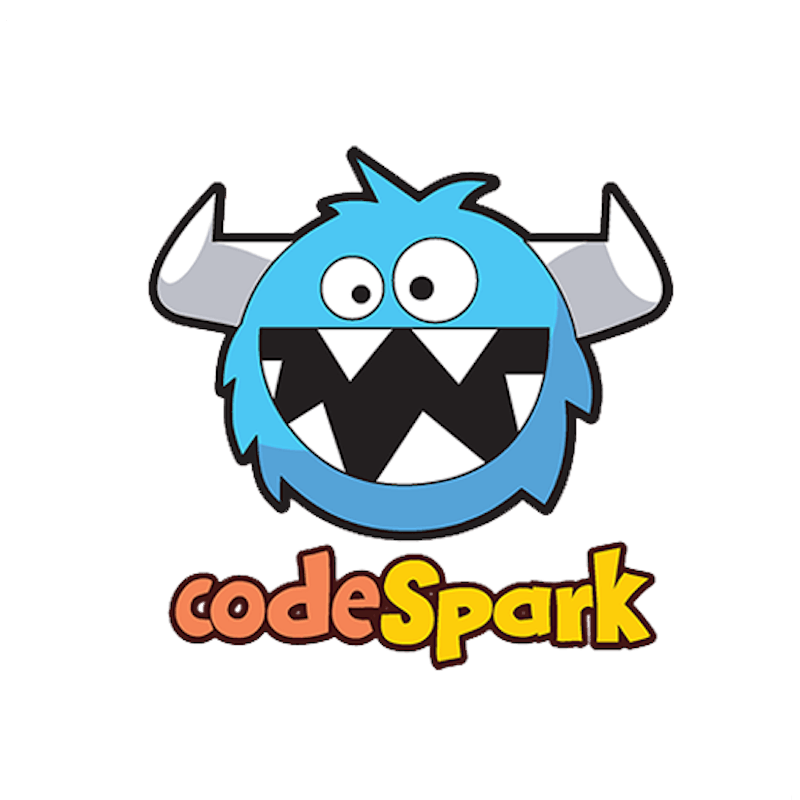
Coding for kids has become a big trend in recent years, and perhaps no one does it better than codeSpark. Essentially you're teaching kids another language, and codeSpark makes doing so fun with its cute characters, The Foos, games, and word free interface. It's even subsidized for schools. With us now living in a digital age, coding is an incredibly valuable life skill for youngsters to possess.
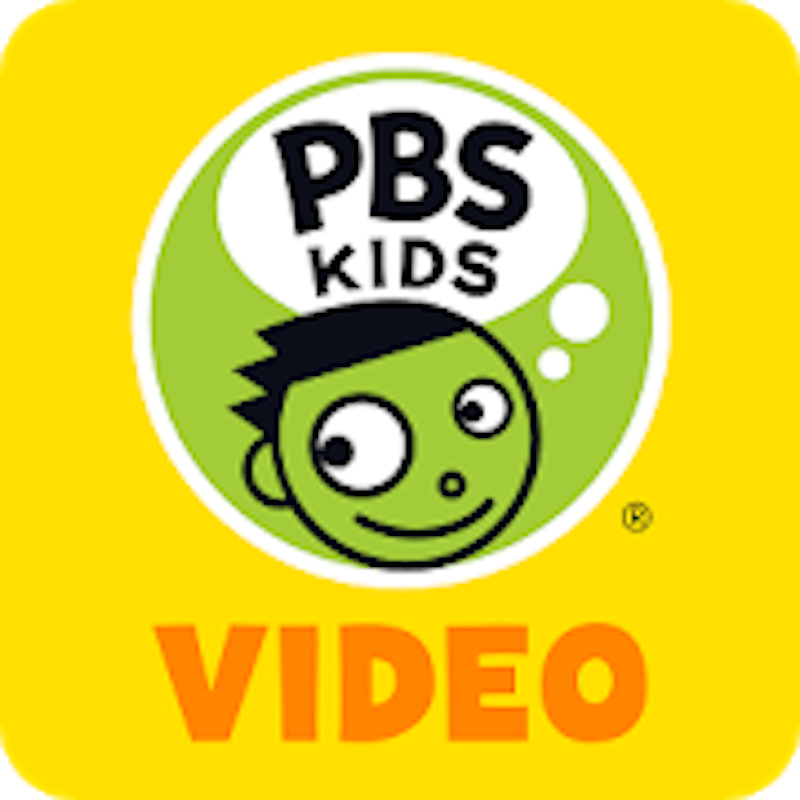
For US families, PBS's child-friendly app is ideal for those who worry about their young ones getting access to adult-oriented content. Via the app's easy interface, kids can watch favorites like Daniel Tiger, Curious George, Wild Kratts, or Odd Squad. Ideal for busy parents who want to leave the young ones with some educational TV.
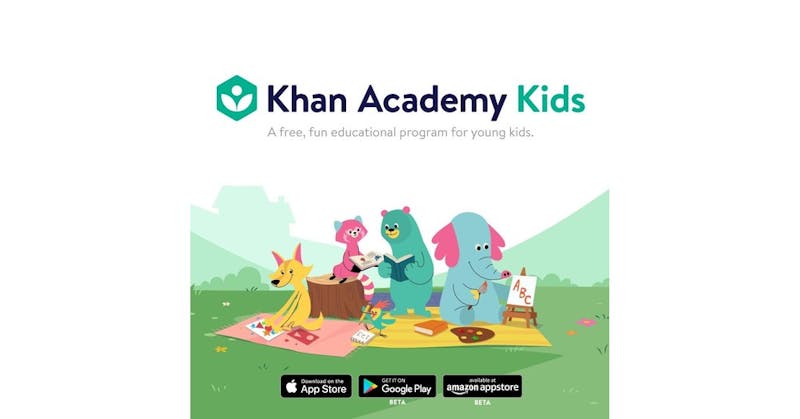
Focusing on literacy, reading, language, and math, Khan Academy Kids may seem the same as many other apps on offer at first. However, its focus on building social skills and creativity via five charming characters gives it an edge over its peers. 100% free and adaptive to each child's level and needs, Khan Academy is a brilliant tool for parents, teachers, and learners.
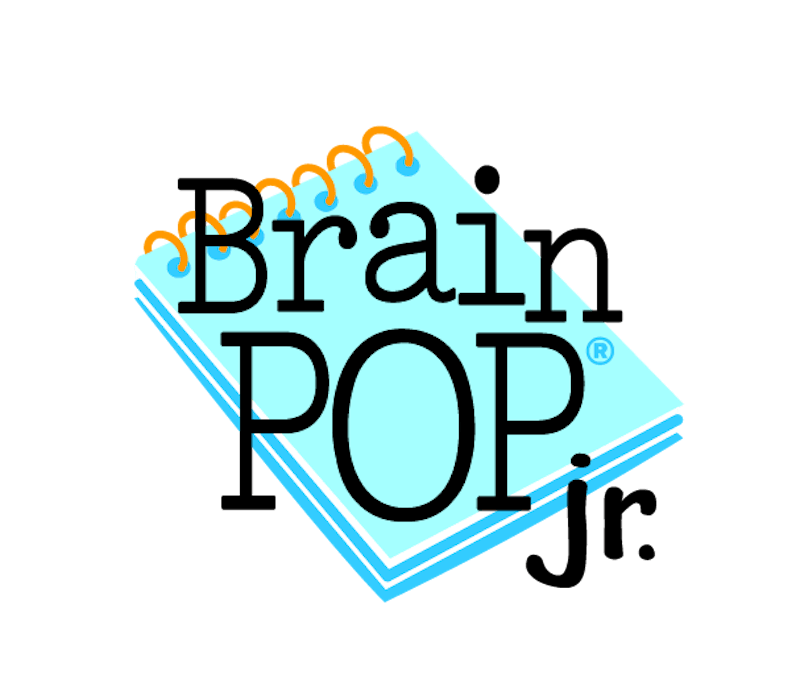
Alongside the usual subjects like math and science, BrainPop Jr. can help boost kids' general knowledge of the world around them. With whole sections on social studies themes such as citizenship, economics, and communities, BrainPop Jr. is a fun introduction to some of the more complex issues of the world.
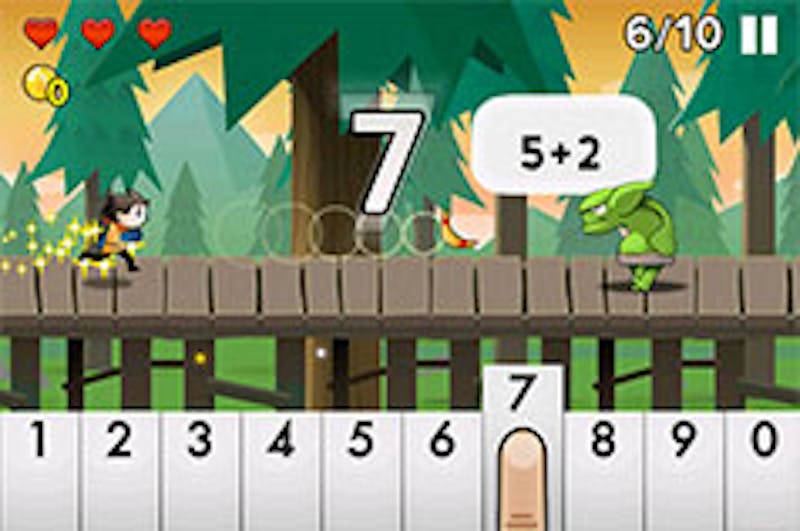
Inspired by the likes of Temple Run and Super Mario, this highly addictive treat is the best way to trick children into learning their sums! A math game that's actually fun, Number Run features 52 levels covering addition, subtraction, multiplication, and division as our brave hero chases down the dastardly Baron von Count, who has stolen the 4 Mathemagical crystals.
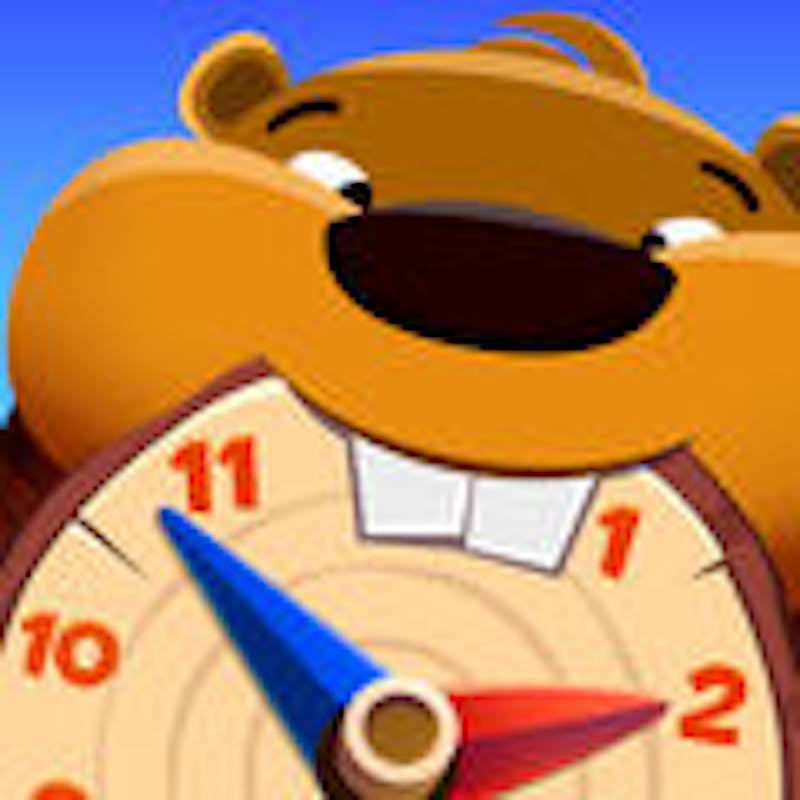
No, not the TikTok you're thinking of! Tic Toc Time is a time teaching app featuring a cute Candian beaver. Ad-free and available in 11 languages, Tic Tok can help kids grasp the meaning of time - and not in the philosophical sense, rather 24 and analog clocks and such.
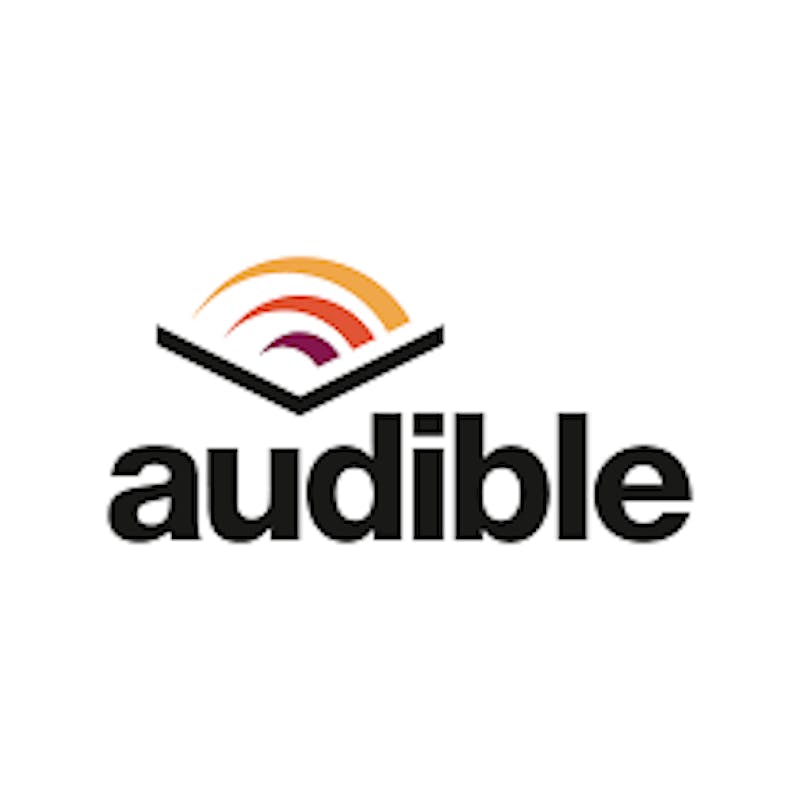
Not just a great place for stories, but also a product offering a wealth of great educational resources too. Audible's vast library has something to offer kids and adults of all ages. Sing-a-long learning sits side by side with magical tales to inspire and intrigue, with much of the content offered for free.
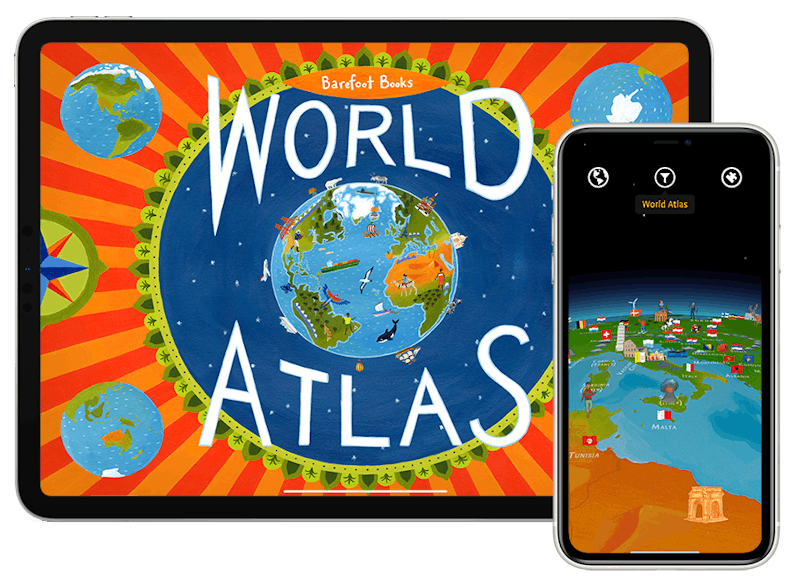
There's nothing as stimulating as exploring the world around us, and thanks to Barefoot Books' Atlas app, children can unleash the little adventurer inside them. With hundreds of breathtaking photographs, hours of audio, and facts about countries, regions, and oceans, this app is a must-own for children with a curious nature.

No visit to the library is required, thanks to Epic! With over 40,000 books available, all tastes and reading levels are covered, with progress trackers and personalized daily reading goals helping push kids to their full potential. Teacher approved, and a 30 days free trial offered to parents.
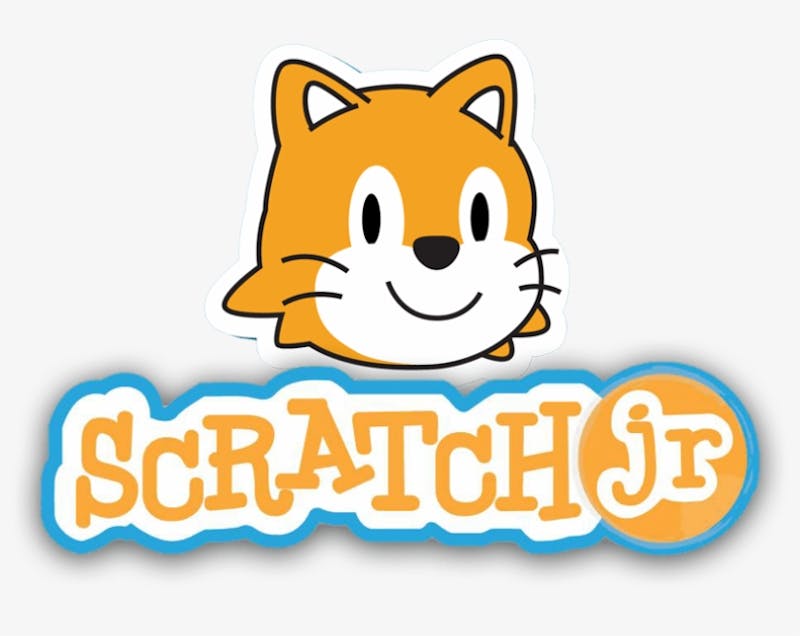
Sometimes the best way for a child to learn is to teach themselves! That's why Scratch JR is such a unique and interesting program. With an age range between 5 & 7, children can program their own interactive games and stories. Essentially, learning through coding!
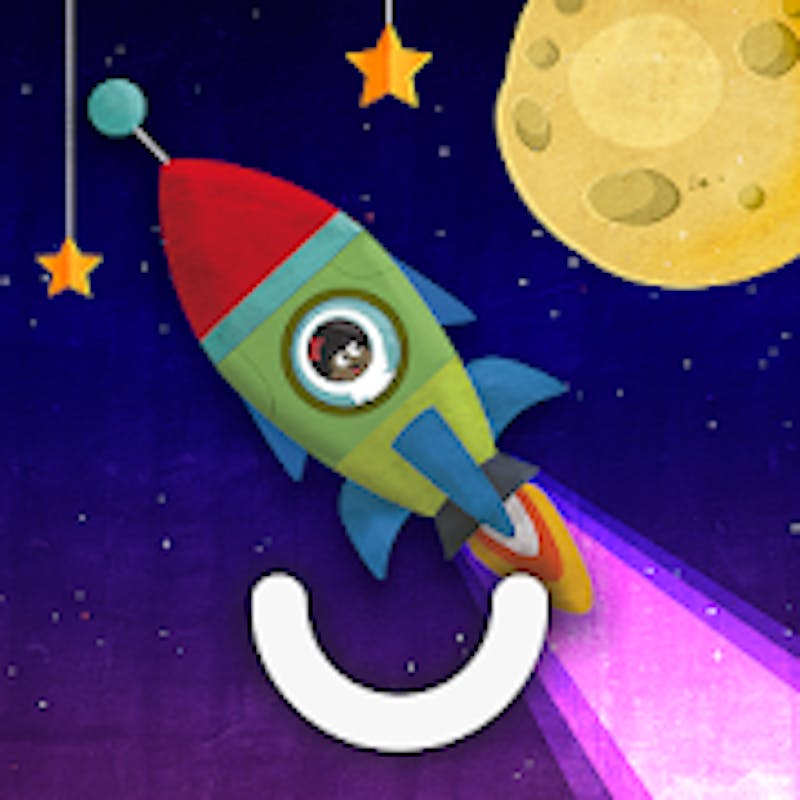
Found on the app store, this easy to use mobile and tablet app teaches children about space travel, the universe and about our place amongst the stars. The app is simple enough for both children and adults to enjoy.
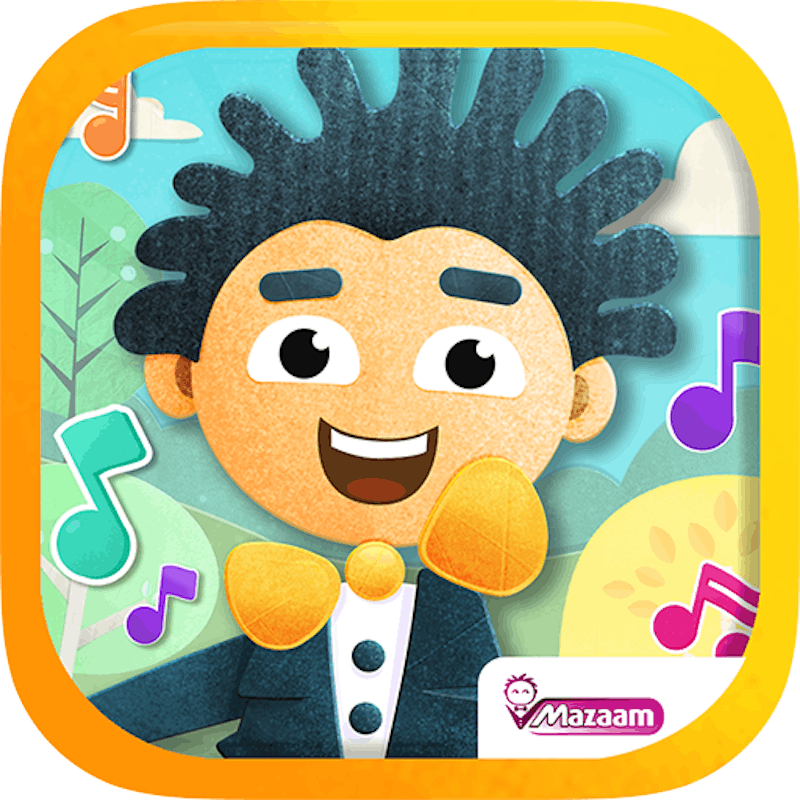
Learning how to play an instrument, or simply surrounding a child with the world of music can greatly help their learning capacity. Mazaam is a musical game that supports and encourages the cognitive development of children from 4 to 6 years old.

TinyTap is an educational space for children from preschool to 14+. Sometimes the best apps are the ones that offer the widest range of activities, and with color games, stories, to pattern recognition, you won’t be stuck for choice.
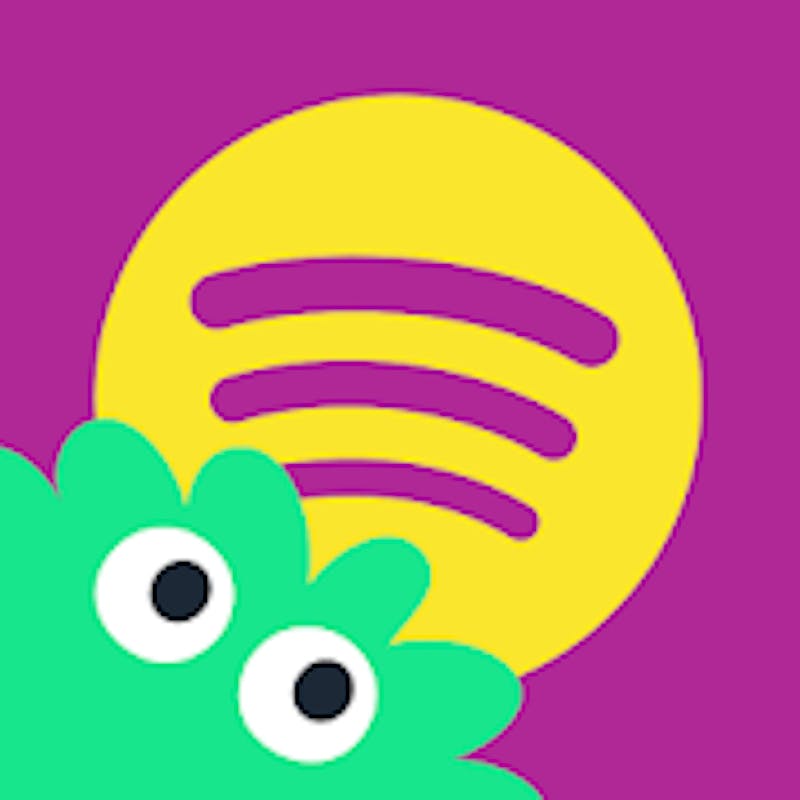
With a huge range of singalongs, soundtracks and playlists made for young listeners, Spotify Kids is a great way for children of all ages to discover music in a fun and interesting way. Best part? It’s included free with a Spotify Premium Family account!
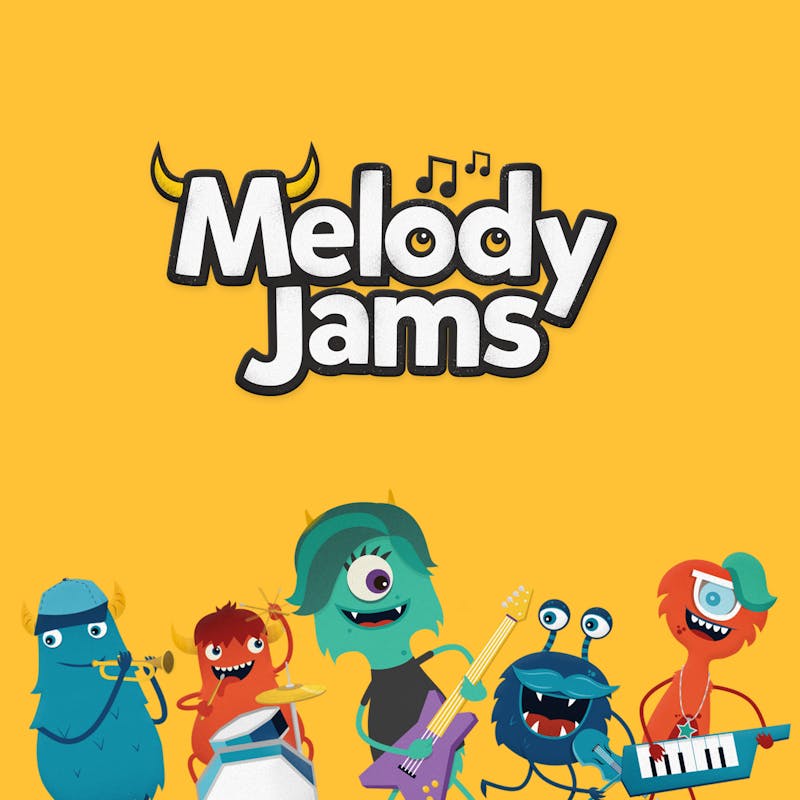
It’s one thing for a child to learn about music, and another to learn how to make it! Melody is a great app downloadable through the App Store, that allows young music fans to create music through fun and interactive characters.
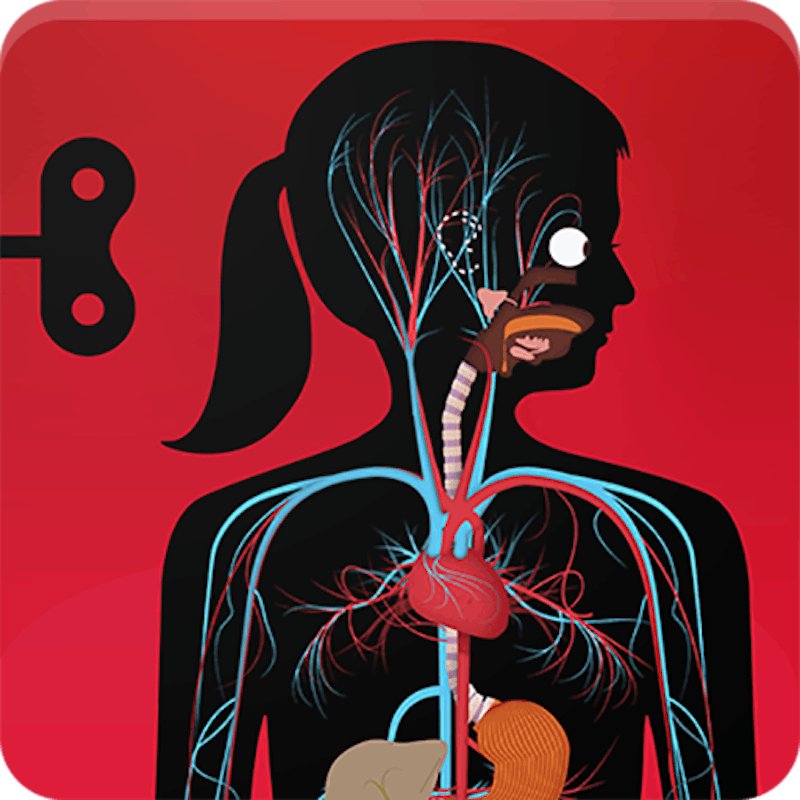
Often, our own bodies can be a mystery to us; how they work and why. The Human Body, by Tinybop, is a wonderful tool that breaks the parts of the body into useful and easy to navigate guides, and shows how things like digestion and respiration work.
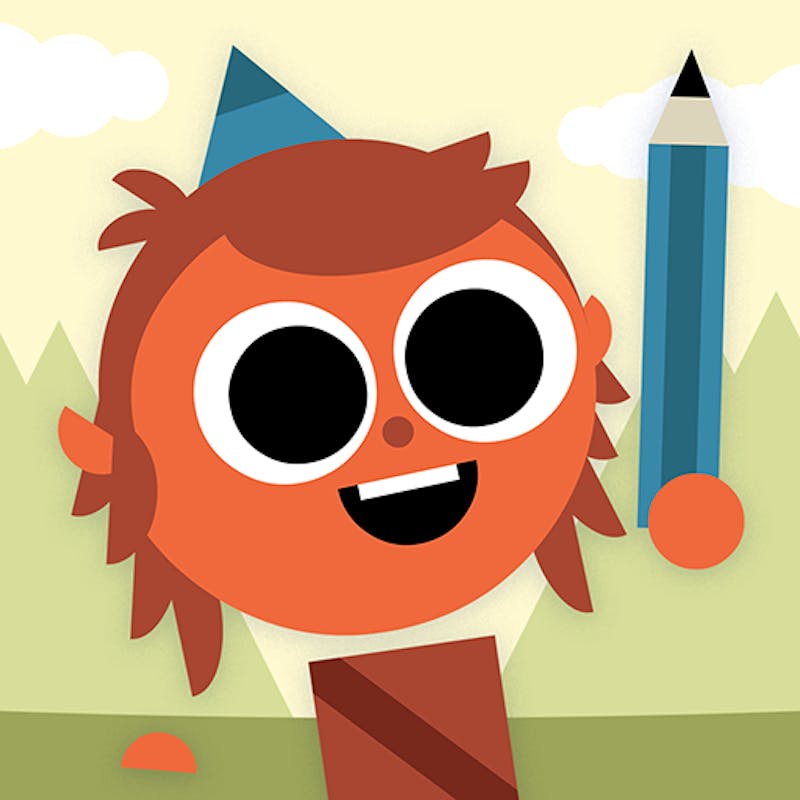
Artie’s Magic Pencil is a learning adventure game that teaches children the fundamentals of art, and drawing. The app inspires children to get creative both in front of and beyond screen by tracing shapes, filling colours, and sizing blocks.
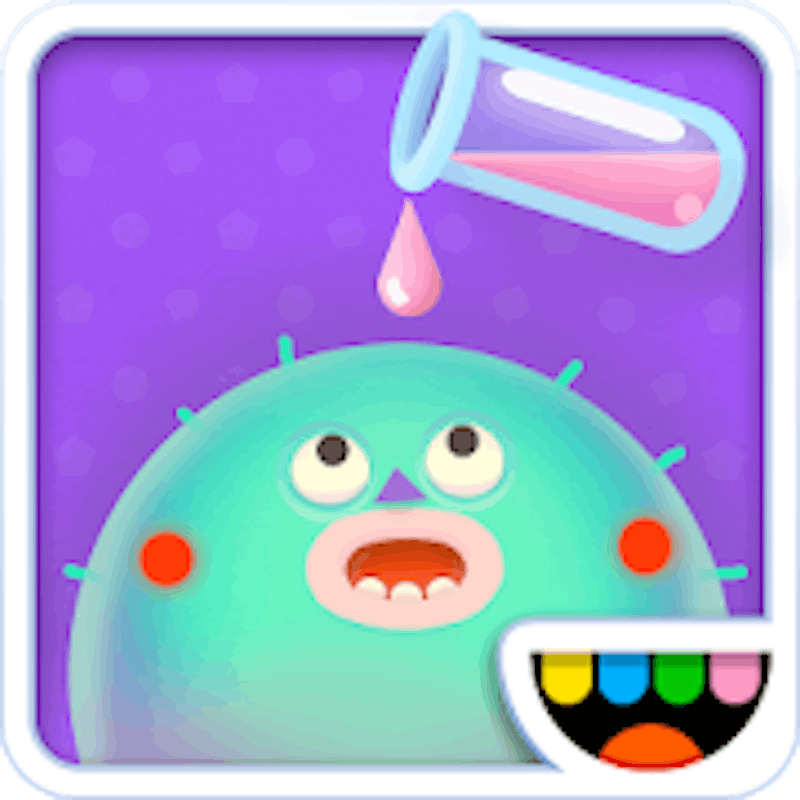
One of the key 3 subjects of most people's lives is science, and Toca Lab is a wonderful game that sparks imagination and creativity in the world of test tubes and beakers. Children can learn to set up bunsen burners and experiment to get different reactions in this easy to use app.
Related Articles:
- Idioms For Kids
- Assonance
- Personification For Kids
- Alliteration Examples
- Metaphor Examples
- Consonance Examples
- Reading Comprehension Worksheets
- Kindergarten Reading Comprehension Worksheets
- 1st Grade Reading Comprehension Worksheets
- 2nd Grade Reading Comprehension Worksheets
- 3rd Grade Reading Comprehension Worksheets
Visit our grammar blog to learn more about parts of speech, transition words, and active vs passive voice.